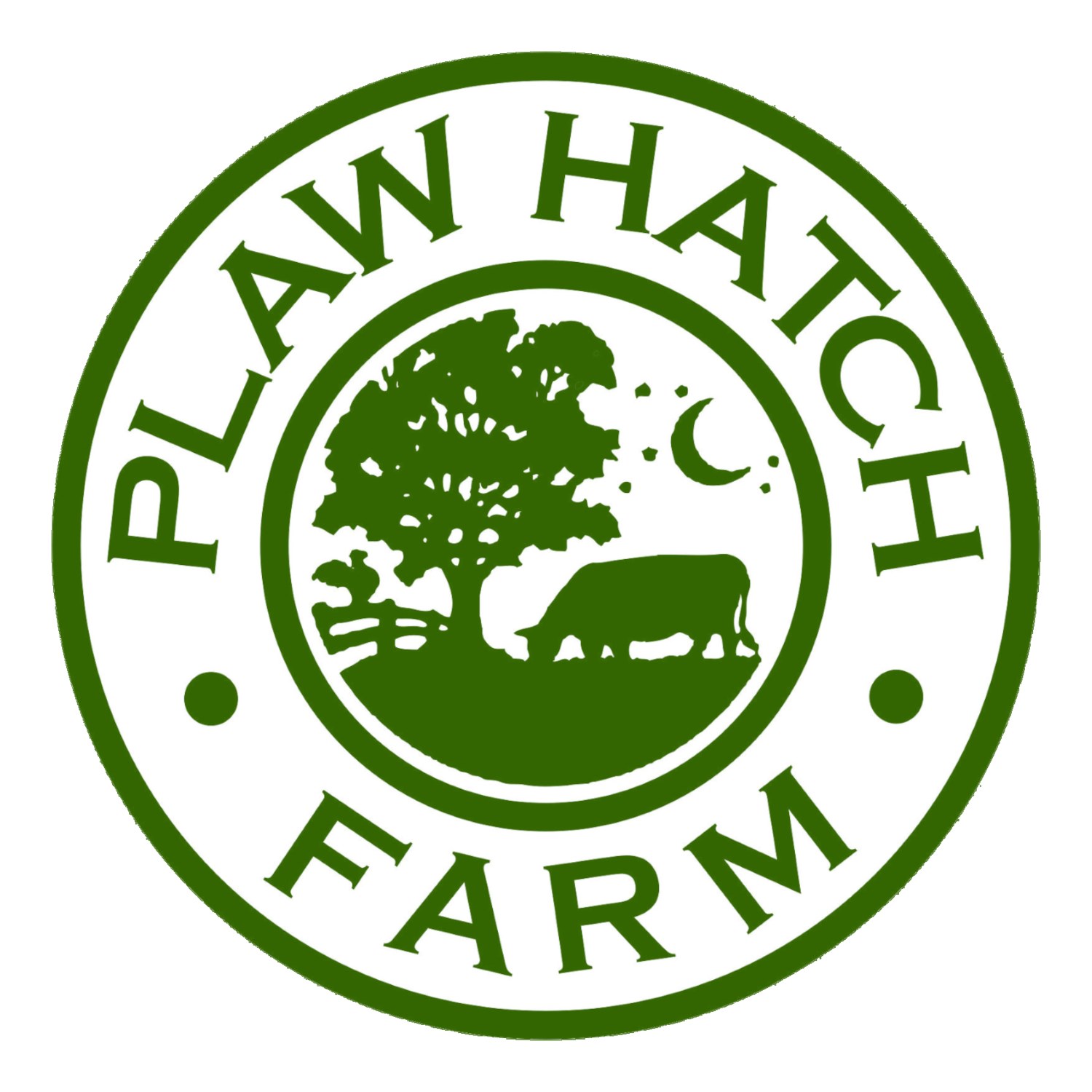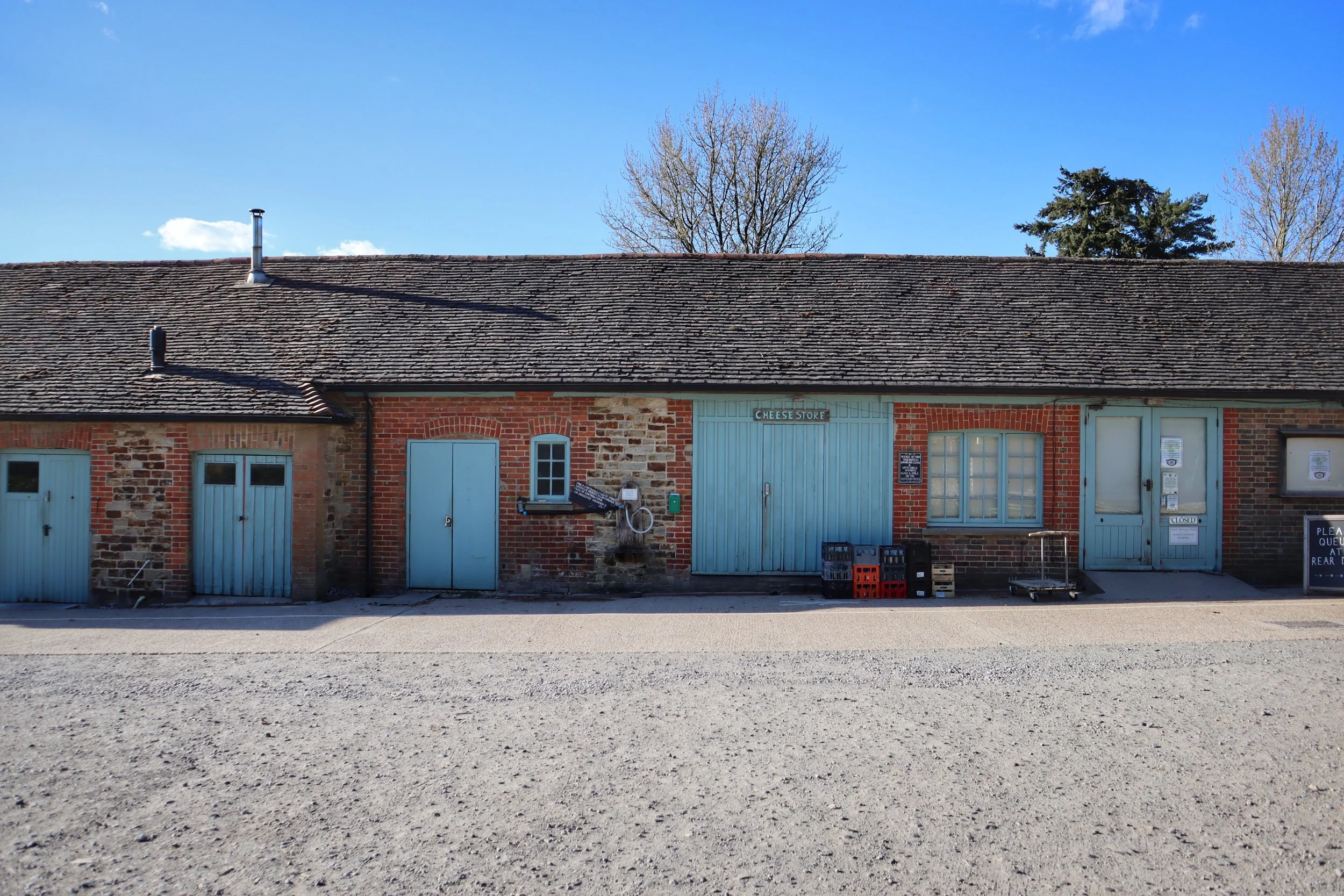The new beginnings of charcuterie
Jayne Duveen
A few weeks ago, Peter, Josie and I wound our way through the leafy lanes of Somerset to the River Cottage Headquarters for a day long course with ‘Salami Steve’.
We had been mulling over the idea of doing charcuterie for a while now, and with the curing cabinet installed and a separate fridge beside it, it was time to get on and do it.
The day was spent being shown how to cut up the pig in preparation for curing the meat. Steve has a great knowledge of the basics of charcuterie and a passion for good food, and considering he is not a butcher (and had five butchers hovering over him with at least 150 years of experience between them) he did well not to lose his nerve!
We watched him smother the different charcuterie cuts - lomo, coppa, bresola (to name but a few), in sea salt with an array of herbs and spices added and dashes of wine here and there. Steve gave us tips on equipment to use. Most encouraging was his keenness to get away from buying expensive pieces of kit hopefully then making it possible for anyone to have a go.
Of particular interested were Steve’s reasons for NOT using nitrites and nitrates which he has never done in his ten-year career as a meat curer. His reasons are that if you use sea salt it contains natural nitrates. We will endeavour to make our cured products with sea salt and, along with regular testing and strict hygiene practices, this will hopefully mean that we can make our cured products without added nitrites and nitrates.
We learned how most of the knowledge passed down from generation to generation in the traditional homes of Charcuterie was not an understood science but more "I don't know why, it’s just how my parents or grandparents did it". Steve reckoned that because he's visited many 'old-school' charcutiers and gleaned lots of information from them mixed with his ten years’ experience, that we should have more knowledge than many generations of charcuterie makers by the time we finished the day. To this, I have to admit that I did raise an eyebrow as I feel sure that it must take a lot longer than a day to learn the real science behind curing meat.
However, I do have to say that we came away brimming with confidence and enthusiasm for our new task ahead - turning Plaw Hatch meat into a delicious, cured delight. We have already begun. It may take a while before the end product reaches the shelves in the shop as there will be a lot of product testing (and, of course, tasting!) to do.







